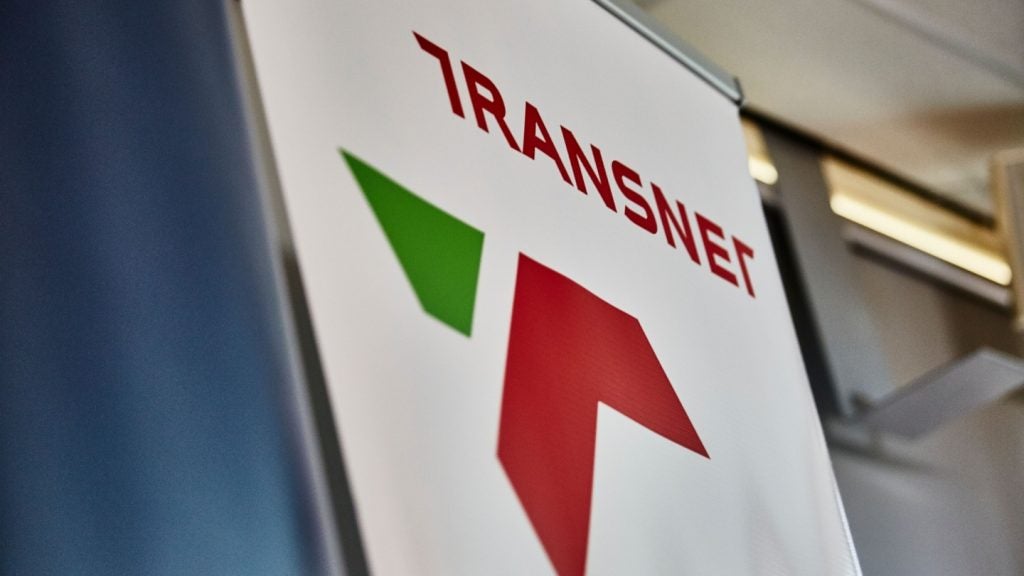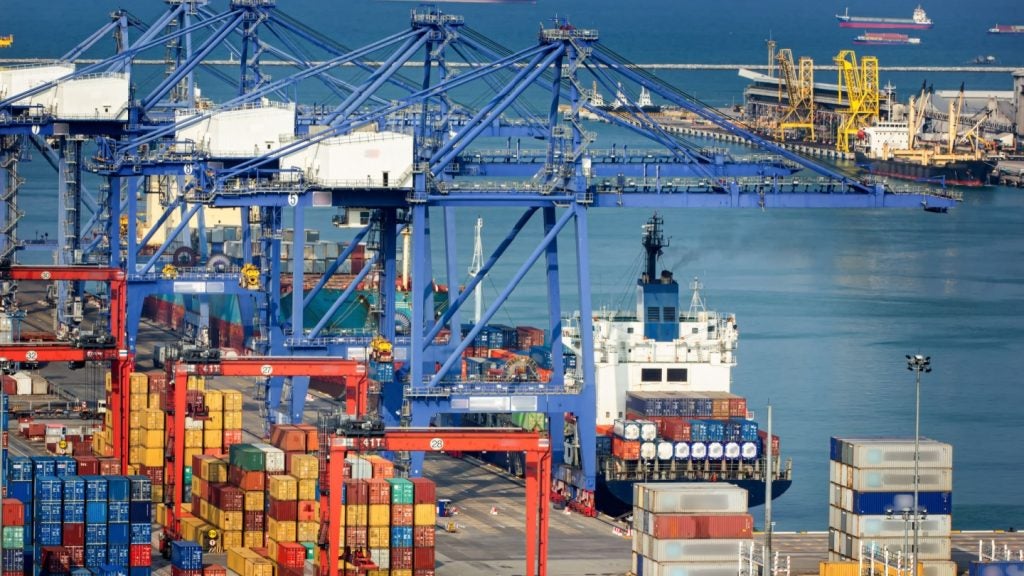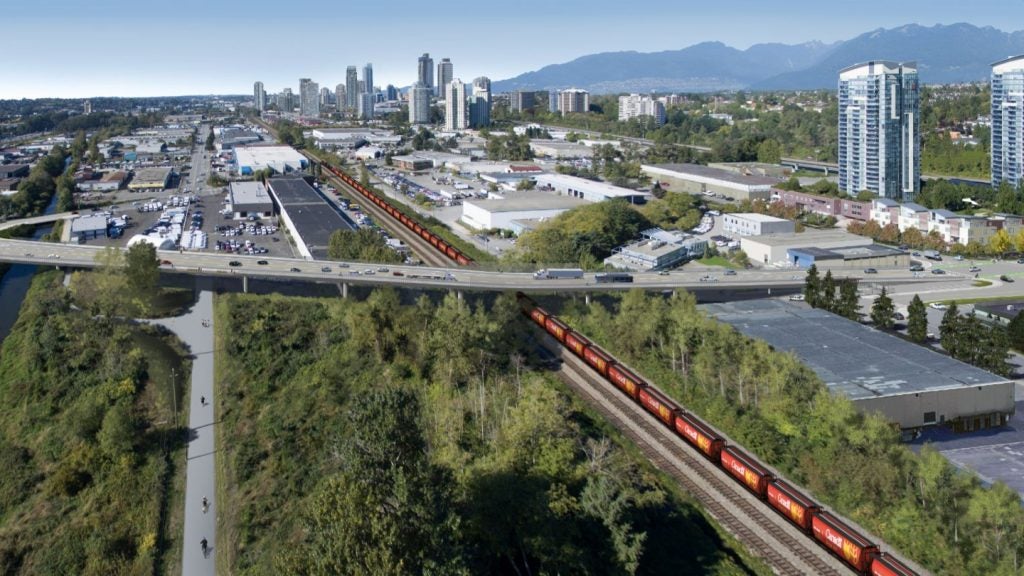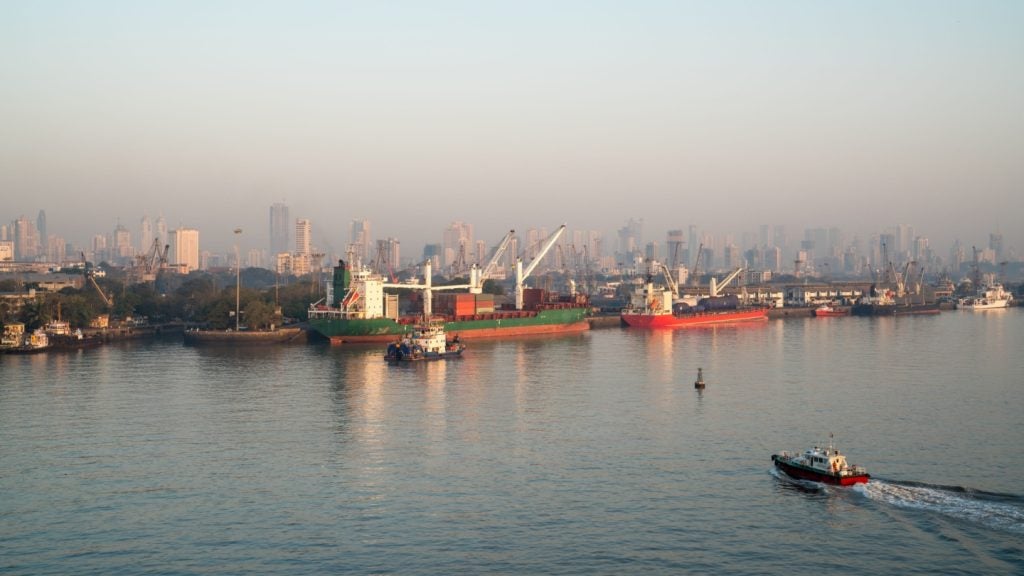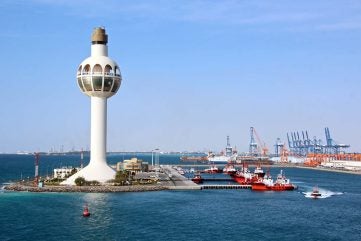
In 2023, 89 major maritime construction projects have broken ground, costing just over $61.6bn. Of these, the top ten most expensive maritime projects have a combined cost of around $41.6bn, according to the GlobalData construction project database.
The total number of projects is roughly on par with the year prior – 85 projects commenced in 2022 – but the capital involved has grown significantly with the $61.6bn investment in projects breaking ground in 2023 resulting in a 35% growth from the $45.6bn in 2022.
Over half (67%) of all maritime projects that broke ground in 2023 were port facilities projects, totalling a combined cost of over $40.7bn. However, the most expensive maritime project to break ground in 2023 was not a port development but rather a project to construct a new canal waterway.
The top ten most expensive maritime construction projects took up the majority of the investment over the last twelve months, with the $41.6bn accounting for 68% of the combined cost of all maritime projects. Asia is leading the way when it comes to big maritime projects – 80% of the top ten maritime construction projects are located in the region.
So, here is our list of the 10 most expensive maritime construction projects that have commenced construction in the last year, according to GlobalData’s construction database.
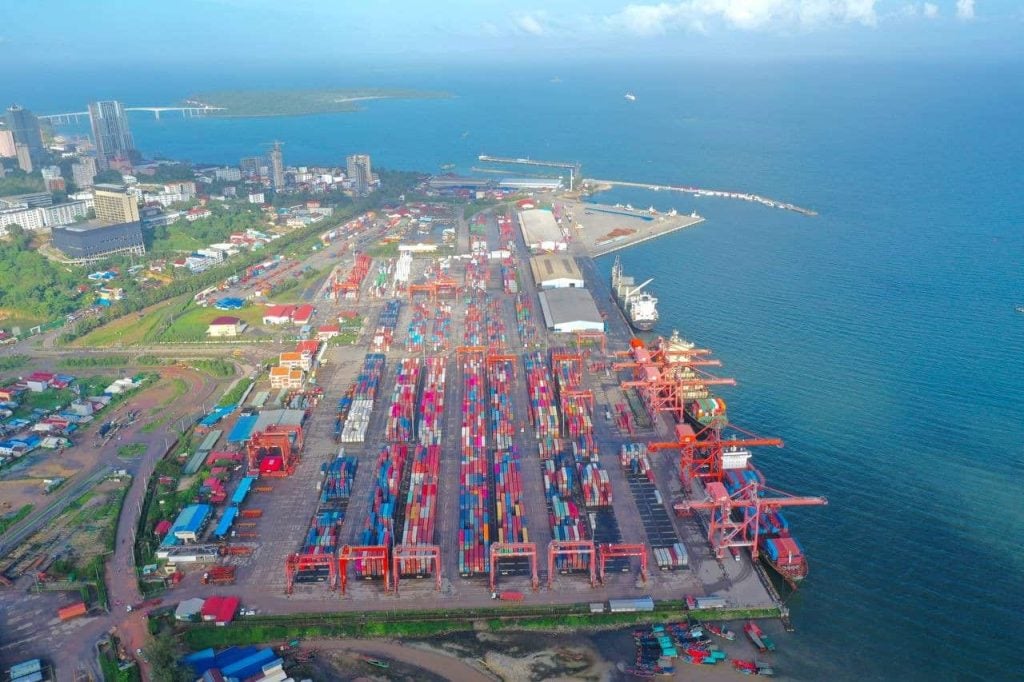
10. Sihanoukville Port Deep Water Expansion, Cambodia: $973m
Sihanoukville Autonomous Ports (SAP) is expanding Sihanoukville Autonomous Port in Sihanoukville, Cambodia, with a new port terminal facility. The port, in southwestern Cambodia, was originally opened in 1960. The KHR3,964bn ($973m) project will be developed in three phases.
How well do you really know your competitors?
Access the most comprehensive Company Profiles on the market, powered by GlobalData. Save hours of research. Gain competitive edge.

Thank you!
Your download email will arrive shortly
Not ready to buy yet? Download a free sample
We are confident about the unique quality of our Company Profiles. However, we want you to make the most beneficial decision for your business, so we offer a free sample that you can download by submitting the below form
By GlobalDataPhase one includes the construction of a 350m (1,148-foot) long and 14.5m (47.6-foot) deep container terminal with a handling capacity of 1.29 million TEU per annum. Phase two includes the port terminal construction project and the 430m (1,411-foot) long and 17.5m (57.4 feet) deep.
Phase three involves increasing the handling capacity to handle 10,000 TEUs and 15,000 TEUs. It includes the construction of a container yard, a customs and administrative building, an access road, dredging of channel and basin, as well as the installation of cargo handling equipment and a terminal operating system.
In May 2023, A groundbreaking ceremony was held in May 2023, with the entire deep water port expansion project expected to be completed by the end of 2029.
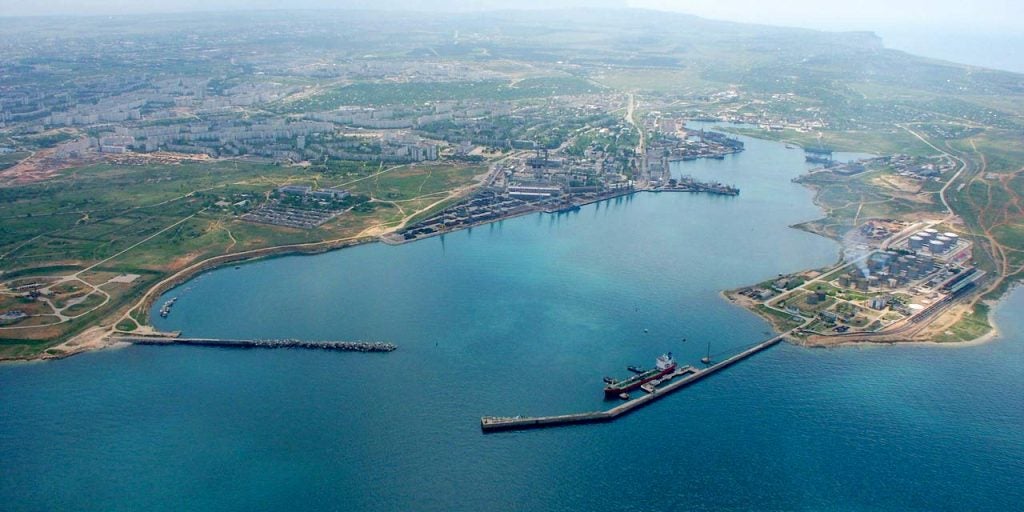
9. Mulapeta Cargo Port, India: $1bn
The Department of Ports for Andhra Pradesh is constructing a new cargo port in the Srikakulam district of Andhra Pradesh, India. The aim of the project is to improve the export and import facilities in the region.
The INR82.9bn ($1bn) project involves the construction of a cargo port terminal on 829 hectares (2049 acres) of land, capable of handling 31 million tonnes (34.2 million tons) of cargo and 14 million tonnes (15.4 million tons) of coal.
The first phase includes the construction of four berths (three general cargo berths and a bulk cargo terminal) with a handling capacity of 24 million tonnes (26.5 million tons) on 202 hectares (499 acres) of land. The second phase includes the construction of nine berths.
The port project includes the construction of 13.8km (8.6 miles) of berths and a 10.6km (6.6 mile) railway lane. It also involves building quay walls, a launch ramp, administrative office spaces, storage units, distribution units, loading and unloading facilities, access roads, and the installation of a security system and other equipment.
Construction began in April 2023 and is expected to be completed by the end of 2026.
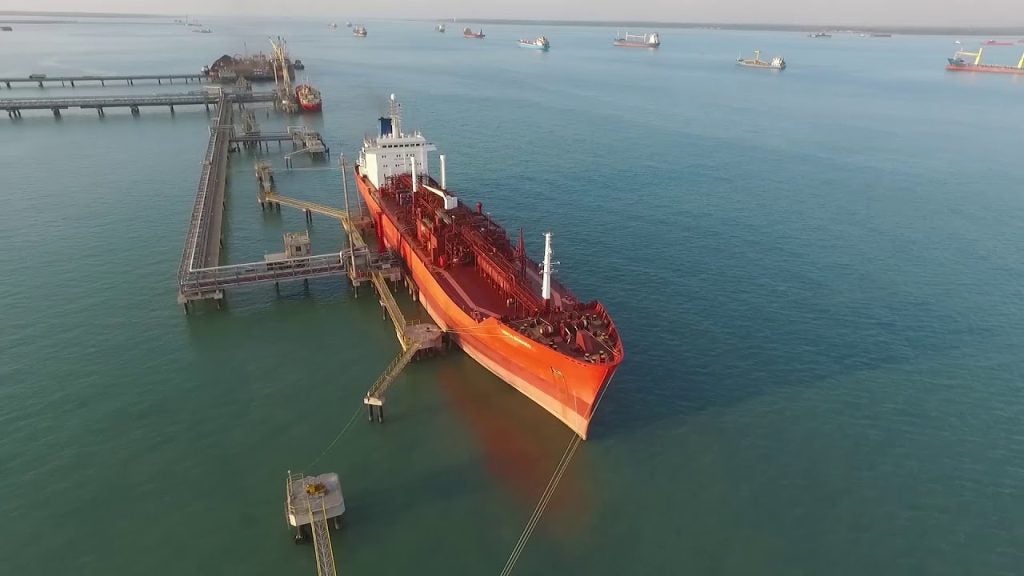
8. Maspion International Container Port, Indonesia: $1.2bn
DP World Ltd (DP World), Caisse de depot et placement du Quebec (CDPQ), and Maspion Group (PT Maspion) are constructing an international container port and industrial logistics park in the town of Gresik, near the East Java port in Surabaya, Indonesia.
The IDR16.8bn ($1.2bn) project involves the construction of an international container port with a cargo handling capacity of three million TEUs on 72 hectares (178 acres) of land and an industrial logistics park on 110 hectares (272 acres) of land. It will be developed in phases.
The first phase includes the construction of a container terminal with a capacity of one million TEUs and a 110-hectare (272-acre) industrial logistics park.
It also involves the construction of container terminals, container space, a switchyard, a warehouse, distribution units, loading and unloading units, access roads, administrative buildings, parking facilities, and the installation of safety and security systems.
Construction began in October 2023, and upon the port project’s completion in 2027, DP World Maspion East Java will be the sole operator of the port.
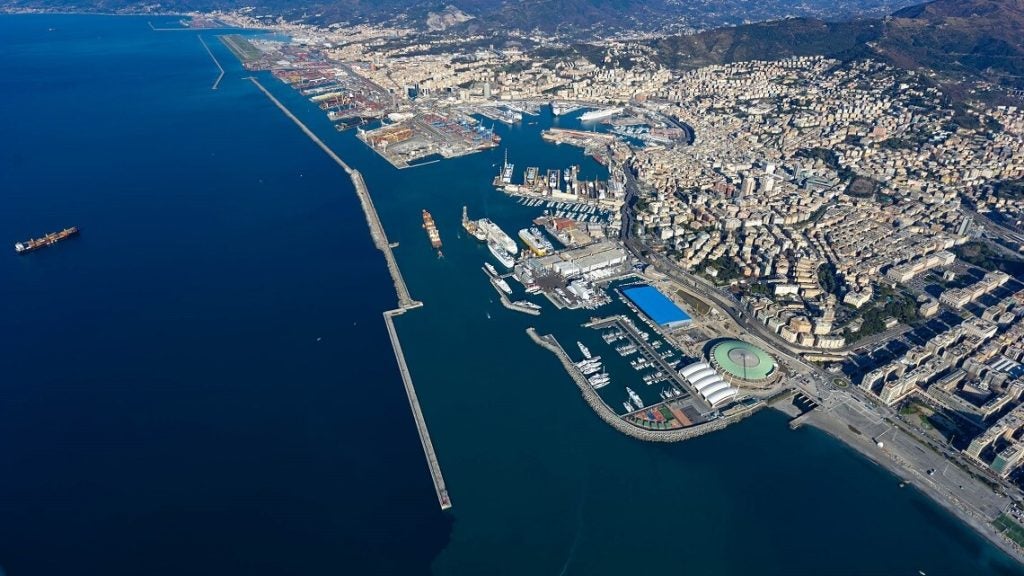
7. Port of Genoa Upgrade, Italy: $1.5bn
The Port System Authority of the Western Ligurian Sea (PSAWLS) is upgrading the Port of Genoa in Liguria, Italy. The project is designed to allow the port to safely accommodate larger ships, without limiting access and manoeuvrability.
The €1.3bn ($1.5bn) upgrade includes the construction of a 6.2km (3.9-mile) new breakwater, which will be 500m (1640 feet) further offshore in water depths between 30m-45m (98-148 feet) deep. It also includes the construction of a 3.2km (1.9 mile) quay and the demolition of over 2km (1.3 miles) of the current breakwater.
The most expensive maritime project in Europe last year includes the construction of a new section of dam, an extension of the existing dam of Genoa City Airport, 750m (2,460 feet) of rail tracks to connect with the Fuori Muro railway, restoration of existing docks, and the development of ship-to-shore electrical connections.
The new breakwater has been planned to provide direct and easy access to cargo and passenger terminal facilities in the Old Port and Sampierdarena area and a wide turning basin for ultra-large ships to manoeuvre in total safety.
The port project, which broke ground in May 2023, is expected to create 1,000 direct and indirect jobs and is estimated to be completed by the end of 2030.
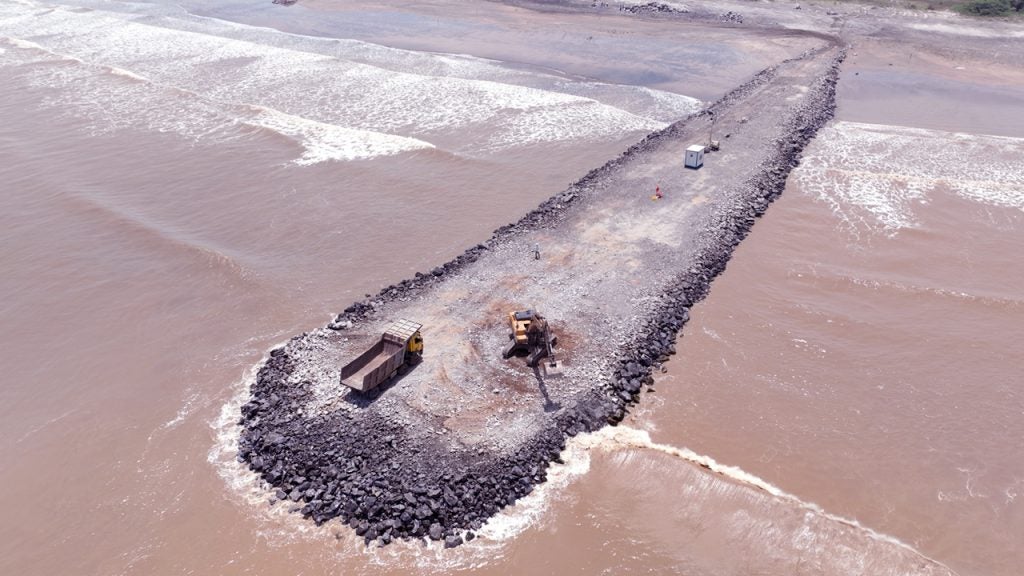
6. Machilipatnam Port, India: $1.7bn
The Machilipatnam Urban Development Authority (MUDA) and the Container Corporation of India (CONCOR) are building a new deep-water port in Machilipatnam, India.
The INR120bn ($1.7bn) project involves the development of a deep-water port on 1,553 (3,838 acres) hectares of land, comprising 12 berths with a total cargo handling capacity of 55 million tonnes per annum (MTPA) in the Andhra Pradesh region.
The first phase includes the construction of three general berths and one coal berth with a cargo handling capacity of about 35MTPA on 780 hectares (1927 acres) of land. The second phase includes the construction of nine berths with a cargo handling capacity of about 20MTPA on 773 hectares (1910 acres) of land.
It also includes the construction of a 200m (656 foot) quay wall, parking facilities for 350 mechanised boats, a launching ramp, an auction hall, an administrative office, a rest shed, a dormitory, a gear shed, and a net mending shed, a workshop, and the installation of security systems.
A foundation stone was laid on 22 May 2023, marking the start of construction works for phase 1. The maritime project is expected to be completed in 2030.
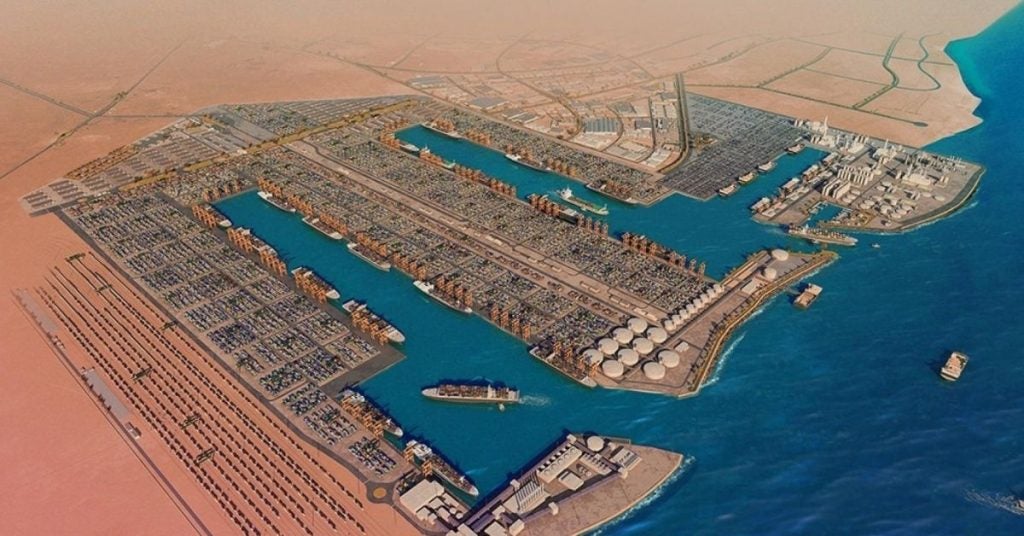
5. King Abdulaziz Port Container Terminals Renovation, Saudi Arabia: $2bn
The Saudi Ports Authority (Mawani) is upgrading the Container Terminals at King Abdulaziz Port in Dammam, Saudi Arabia.
The SAR7.5bn ($2bn) project involves the upgrade of the first container terminal and the expansion of the second container terminal. It also includes repair and refurbishment of berths, quay paving, building renovations, construction of a 225m (738 foot) quay wall, infrastructural works and associated facilities.
Upgrades on terminal 1 include repairing berths 23 and 24, reconstruction of the quay deck and yard pavement, and renovation of buildings. Work on Terminal 2 includes the construction of berth 44 – with a 225m (738 feet) long and 16m (53 feet) draft quay wall – and increasing the footprint to 14 hectares (35 acres) to allow for new buildings and associated facilities for the terminal.
China Harbour Engineering Company has been appointed as the main contractor on the renovation project. The foundation stone was laid in January 2023, with construction subsequently beginning in May 2023. The Renovation is expected to be completed by the end of this year.
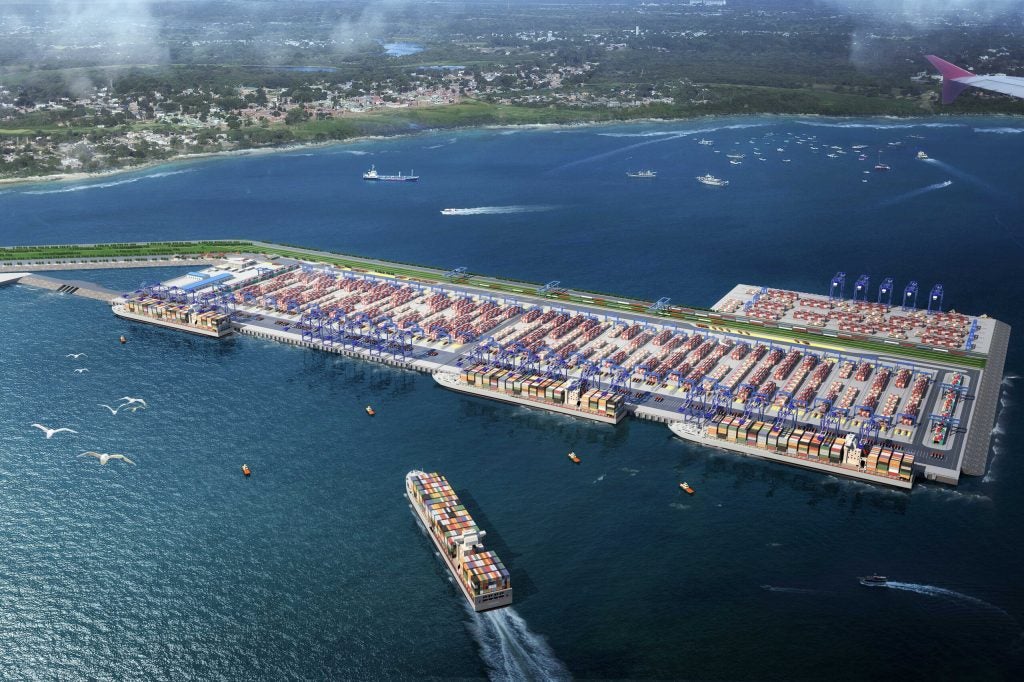
4. Laem Chabang Port Expansion Phase 3, Thailand: $4.5bn
The Port Authority of Thailand (PAT) is undertaking the third phase of the Laem Chabang Port expansion in Chonburi Province, Thailand. It is the third phase of the Laem Chabang port project, which is a part of the Eastern Economic Corridor programme. Once completed, the port’s handling capacity will be increased to 18 million TEU per annum from the current 11 million TEU.
The expansion project involves the construction of four container terminals with the capacity to handle 7 million TEU per annum on 256 hectares (633 acres) of land. Phase 3 will be implemented in four parts.
The first part is the construction of a sea frame with a cost of $700m. The second is the construction of pier buildings, wharves, and road systems with a cost of $207m. The third part is the construction of a railway system with a cost of $19m. The fourth part is procurement, assembly, and installation of machinery and information technology with a cost of $70m.
The maritime project also includes the construction of a Roll on/Roll Off (RoRo) terminal with a capacity of one million cars per year, five piers, a domestic coastal port terminal with a capacity of one million TEU, two navigation channels, two 750m (2,461 foot) berths under the E1 and E2 terminals, and two 1000m (3,281 foot) berths under the F1 and F2 terminals.
It also involved building a 920m (3,018 foot) berth under the RoRo terminal, a 500m (91,640 foot) berth under the domestic coastal port terminal, a 435m (1427 foot) service berth and the installation of quay cranes and yard cranes.
Construction, contracted to the PTT Tank Terminal Company and the Chinese Harbour Engineering Company, began in November 2023 and is expected to be completed by the end of 2026.
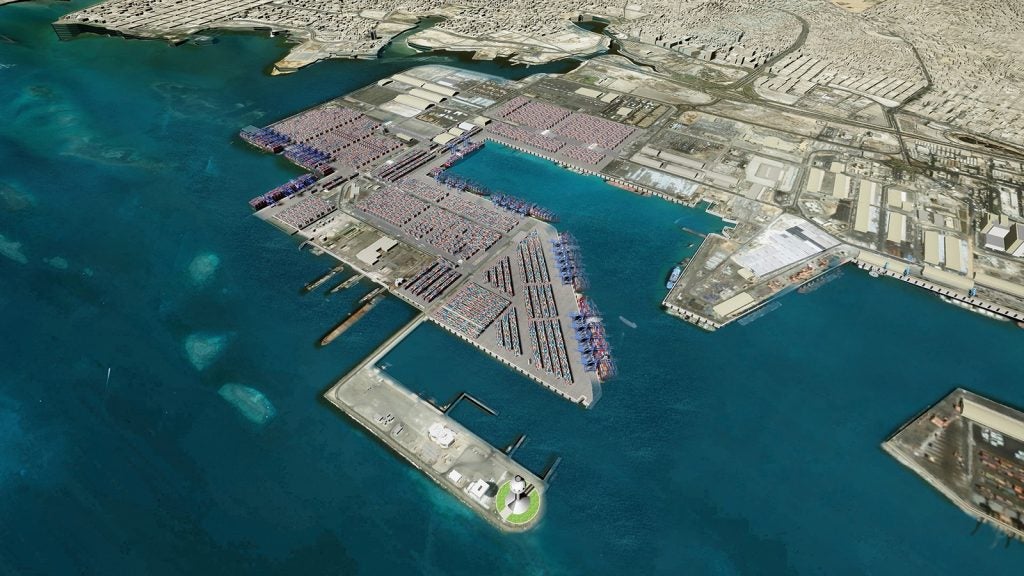
3. Jeddah Islamic Port Expansion, Saudi Arabia: $7bn
The Saudi Ports Authority (Mawani) is expanding the Jeddah Islamic Port and its marine facilities in the Al-Khumra region of Saudi Arabia. The SAR26.3bn ($7bn) project will result in an increase of the port’s container handling capacity to 20MTPA.
The port project includes the expansion of berths and passenger terminals, the construction of quay walls, public facilities, other marine facilities and associated facilities and the installation of quay cranes, rubber tyre gantries (RTGs), public utilities, and other port equipment.
Projects Company for Marine Services (PC Marine Services) has been appointed as the main contractor for the initial renovation works, which began in March 2023. The expansion project is expected to be completed by the end of 2030.
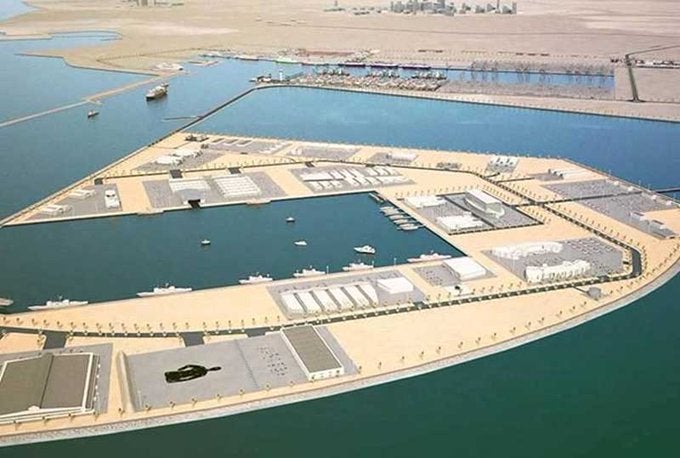
2. Bagamoyo Port, Tanzania: $10bn
The Tanzania Ports Authority (TPA) is undertaking the construction of a new port in Bagamoyo, 75km (46.6 miles) north of the capital Dar es Salaam, Tanzania. The Bagamoyo Port project will also include the construction of a 34km (21.1 mile) road joining Bagamoyo and Mlandizi and a 65km (40.4 mile) railway connecting Bagamoyo with Tanzania–Zambia Railway (TAZARA) and Central Railway.
The port will be able to handle 20MTPA of cargo, easing the heavy traffic from mega deep-sea ships at Dar es Salaam port, which has been working over capacity since 2011.
The port project will be implemented in three phases, the first of which will upgrade capacity to handle 20 million containers a year. The project is a part of the Bagamoyo zone development on a 2,500-hectare (6,178-acre) footprint, which is split into two parts. The first is the Bagamoyo Port Development project on 800 hectares (1,977 acres) of land, and the second part is on the remaining 1,700 hectares (42,000 acres) of land reserved for other development projects under the Export Processing Zones Authority.
Construction on the most expensive maritime project in Africa last year began in August 2023, and Bagamoyo Port is expected to be completed by the end of 2026.
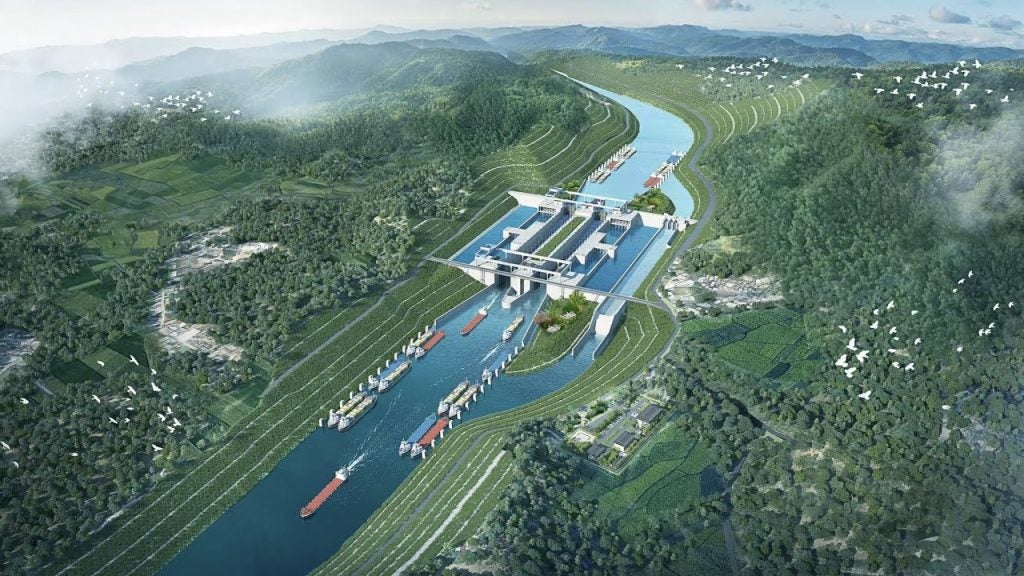
1. Pinglu Canal Waterway, China: $10.3bn
The Ministry of Transport, China (MOTC) is constructing the Pinglu Canal in Guangxi, China. The CNY72.7bn ($10.3bn) project involves the construction of a 135km (83.9 mile) canal from the Pingtang River to the Qinjiang River in southern China and is being developed in five sections.
The Pinglu Canal will begin at Pingtang River in the Xijin Reservoir District, near Hengzhou City in Guangxi, and enter the Beibu Gulf through the city of Qinzhou, along the Qinjiang River.
Alongside the canal itself, the Pinglu Canal project includes the construction of jack wells, an intake canal, pump houses, and rising wells, and the installation of safety and security systems.
Three locks will be built, including what will be the world’s largest water-conserving ship lock. The Pinglu Canal is the largest Chinese canal scheme since the consolidation of the Grand Canal during the Ming Dynasty. Excavation of 340 million tonnes (375 tons) of material is scheduled during the project.
Construction work on the most expensive maritime project to break ground last year commenced in July 2023 and the project is expected to be completed by the end of 2026.



